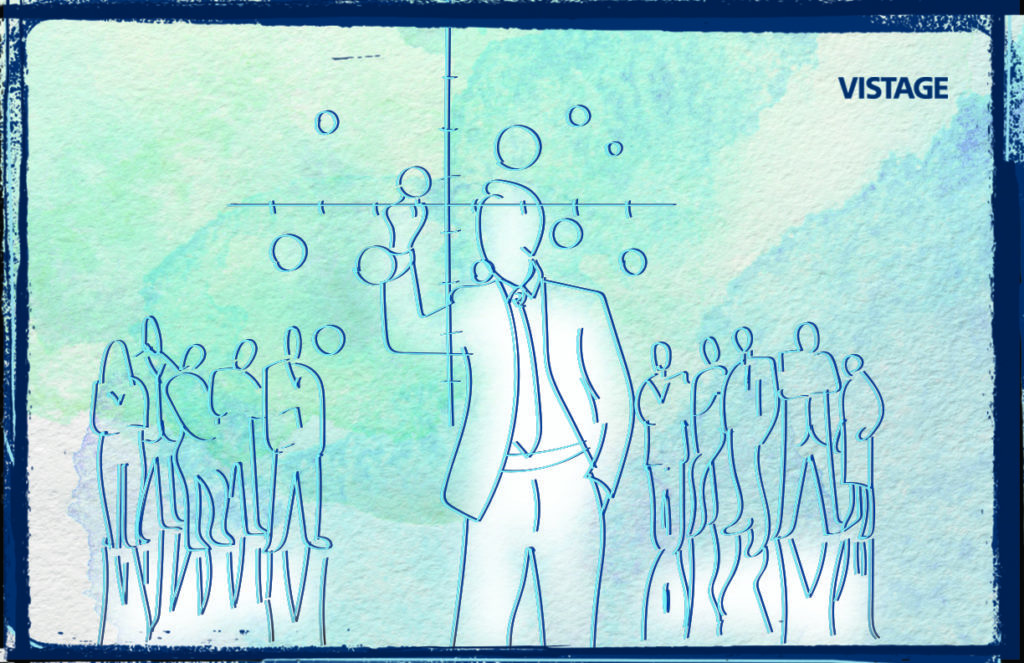Developing more effective organizational models

If you’ve been following my blogs, you know that my focus on increasing organizational effectiveness –for all stakeholders – goes beyond leadership, strategy and culture to address the importance of conducive organizational structures. In a flat virtual and VUCA (volatile, uncertain, complex and ambiguous) world economics, companies have to organize themselves to facilitate staff’s ability to act quickly and effectively to address customer needs. In the past decades, by re-engineering the organization, we’ve cut down traditional highly hierarchical models such as the Functional and Small Business Unit, and developed shallower ones, such as Matrix Management, Network and Network-teams models.
In Reinventing Organizations, Frederic Laloux, introduces a new model, he calls the Evolutionary-Teal model, which focuses on the employees’ ability to personal development – growth through learning and experience, more than prior models. Using a “color coded” system for looking at different models, his attention is on the non-pyramidal, non-hierarchical model, first popularized by Holacracy: a model in which the subordinate-boss relationship hierarchy is replaced by people self-managing themselves and getting support, feedback and accountability from peers. Within these self-managed organizations, peer commitments might ultimately replace hierarchical relationships, by facilitating personal development. He offers three types of Teal models he’s seen among holacratic organizations:
- Parallel Teams: Highly autonomous groups in which people self-manage themselves. In one organization, 500 factory workers are divided into 21 self-managing “mini-factories.” Within the team setting process, colleagues define their roles and mutual commitments.
- Individual Contracting Web: While teams operate like “business units” the roles and commitments are discussed in a series of one-on-one discussions between colleagues who work together.
- Nested Teams: Unlike “Parallel Teams,” there is the recognition that some of the issues of people within one circle relate to the issues of people within others. Thus, they need to work together, creating a hierarchy of purpose, complexity and scope – that tie people within several groups together; but they do not create a hierarchy of people or power.
Laloux recognizes that these models are at their infancy stage – applying in different ways to different sized companies and industries, depending on the needs of the workers to interact with each other and customers. What’s important for us to understand is that innovation in developing organizational models is taking place. Regardless of your position on a specific model, the point is to recognize that new, more effective models which facilitate “success” for customers, investors and workers, can be developed, and we all need to experiment and share the results.
How are you shaking up your organizational model? What insights are you reaping? Share with us!
Category : Performance Management / HR

